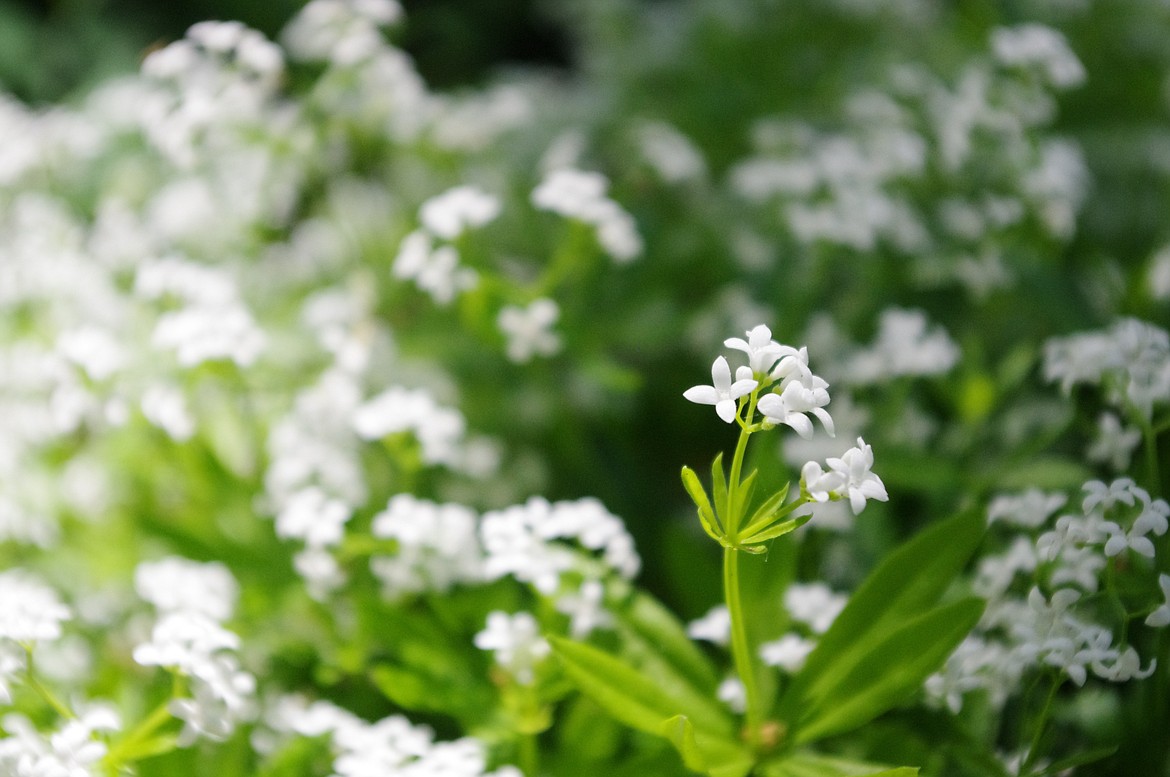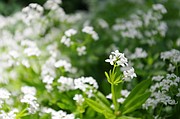Tired of mowing the lawn? Consider today’s advice
I subscribe to several environmental magazines and though each of their focuses are on different facets of nature – earth, sky or water and their associated fauna, flora and well-being in general – all of them over the past year or so have pointed out the efficacy, practicality and beauty of a natural lawn.
I’ve long been in agreement with this, and through the decades have tried to “sell” the concept to Bee readers. Today, therefore, I’m going to reprise ideas from some of my old columns, add some new twists and try to convince lawn-lovers of the practicality of a natural lawn/landscape.
The rewards are many – possibly the relief from mowing, trimming and edging could be paramount for many. In-town folks may worry about the neighbors not approving of their decision, but when one considers the true beauty that’s possible, along with the reduced work load, it’s something to consider.
There are many paths one can choose to follow: Complete creeping ground cover; ornamentals possibly already in place against the house – as a background to ground cover; or a dazzling “bed” of individual interplanted beauties from ornamental grasses — Idaho blue fescue, purple-plumed Miscanthus, Helictotrichon (Blue Avena grass) and/or possibly some of the Heaths and Heathers hardy here.
Flowering bushes like shrub Roses, small bush Hydrangea (pictured), perky yellow Potentilla, Lavender (Hidcote or Munstead are hardy here), Clary Sage, Culinary sage, Baby’s Breath, Nepeta (catmint) and/or Salvia (Six-Hills Giant) – and a host of others - can do the job of a whole bed of beauties, especially if set off with a large rock or perhaps a birdbath or nice piece of statuary. And don’t forget fruiting bushes – low-growing blueberries – some in pink! Red or black Currant or Gooseberry are also good choices. Too, consider Peony, clumps of Iris or daylilies, great splashes of variegated Hostas (which become enormous over time), especially if your site has some shade.
To hold it all together, choose a creeping ground-cover that will ramble through and in between your individual shrubs, providing attractive cohesion of the whole picture. These include Thyme, Phlox, Veronica, Saponaria (soapwort), Achillea, all of which come in many varieties, textures and colors and can be mowed over with a high blade setting. (I call them “duckweeds” since they have learned to duck the mower blade and have actually starting growing their blossoms lower - I swear!) A bit taller – but still low-growers are the lovely, uniformly blue/violet colored Ajuga, Prunella, Veronica and Ground ivy, with it’s pretty rounded leaves (known in England as Alehoof since it was used in making ale in Medieval times).
You may also consider my all-time favorite, Sweet woodruff (Galium Odoratum - pictured) with its delicate, ferny whorled leaves and tiny white flower “bouquets” (so nice to pluck and tuck into a bottle of white wine for instant Maywine), or perhaps Snow in Summer (Cerastium) with its pretty fragrant white trumpet-shaped flowers and grey-green foliage. Old faithful – and always pretty Vinca minor (Periwinkle) with its lovely lavender-colored flowers in the spring. Once started, it can become thuggish, but mine has actually backed off in favor of the daintier Sweet Woodruff.
How to achieve this admittedly major switch is your first major decision. You can simply rototill the entire lawn, add soil enrichment and plant from scratch or retain some of the lawn, perhaps using it as an ornamental pathway between your plants. If you want to do the latter, you must take into consideration certain things; have you been using Weed & Feed? If so, you must let the lawn lie fallow for the entire year to recover (along with the soil and life-forms underneath) to safely plant anything. If your lawn is not contaminated, you can create a plan of grass/soil removal in a pattern of pathway and planting situations attractive to the eye, and convenient for you.
One point is a given: you can not just dig holes throughout your existing lawn for individual shrubs or flower clumps; they will need space to expand and a solid grass border will not allow that. Therefore, to use lawn as a pathway, design large expanses – swaths actually are best – for your choices of grasses, flowering or fruiting shrubs and patches of bulb/corm plants.
Once you’ve got your design on paper, visit area nurseries and greenhouses (NOT big-box stores!) and look around until it all comes together for you. Study soil additives for your particular needs – take a soil sample to the Extension office at the fairgrounds or call Bonner County Gardeners Assoc. message phone at 208-265-2070. Too, make sure that purchased non-native plants are hardy in our 3-4-5 zone, and remember that you must heretofore never use ‘cides of any ilk since they would be fatal to your new “lawn.” Once the work is done the day will come when you can sit back and relax. The joy of watching the hummingbirds, butterflies, honey- and bumble-bees caring for your flowers and learning about the wonderful pollinators that work so hard for us will reward you for years to come.
Valle Novak writes the Country Chef and Weekend Gardener columns for the Daily Bee.





